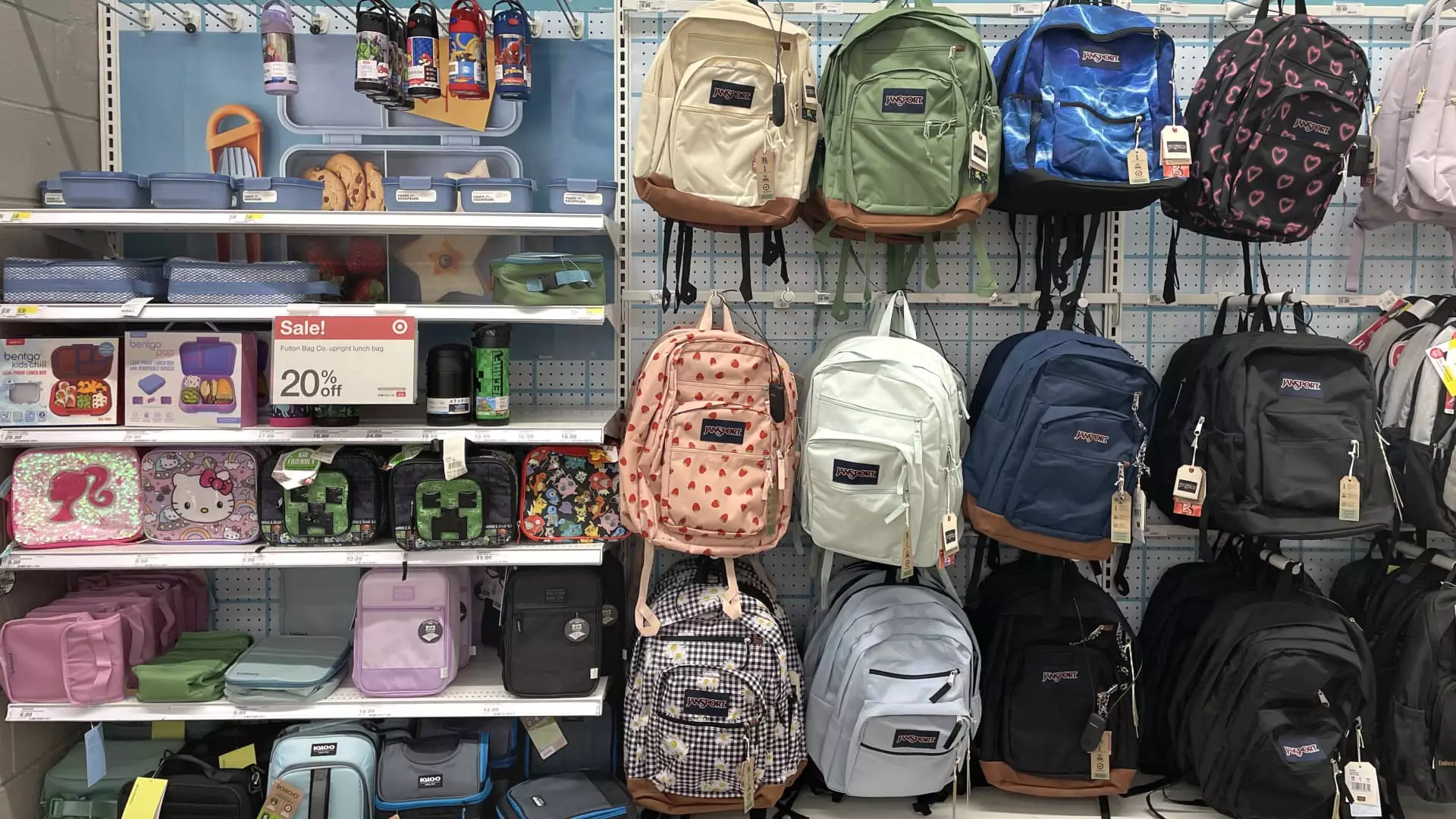In recent years, the narrative around inflation has often been painted as a slowly waning threat, but underlying economic realities suggest a different story—one where the impact of tariffs, particularly those introduced or threatened under President Trump’s administration, threaten to disrupt the fragile balance families have maintained in their budgets. While inflation metrics such as the producer price index might indicate a stabilization, they mask a more insidious trend: the rising costs driven by governmental policies that threaten to make fundamental goods more expensive. These tariffs, especially when layered on imports of school supplies and essentials, may escalate pricing beyond mere inflation, carving deep into household budgets during a time that should be about new beginnings and fresh opportunities.
The threat of increased tariffs is not just a matter of theory. Despite temporary pauses, the shadow of higher duties looms large, threatening to make everyday school necessities more costly. This is a policy-driven problem masked as market fluctuation. When tariffs increase costs for manufacturers, those costs trickle down, pressing families to absorb higher prices for backpacks, clothing, and tech gadgets that are staples for a successful school year. Yet, many families are cautiously approaching this season, aware that their purchasing power is waning, and the American middle class is feeling the squeeze. The narrative should not be underestimated: these policies are creating an environment where affordability is slipping away, forcing parents to make difficult choices.
Economic Caution and Behavioral Shifts in Response to Rising Costs
Amid this economic climate, consumer behavior is shifting markedly—signaling distress and adaptation. According to Deloitte’s recent survey, a significant majority of parents—more than three-quarters—are prepared to change brands if their go-to options become prohibitively expensive. This is not just about selecting cheaper products but a reflection of a deeper strain on household finances. The trend of shopping at more affordable retailers and trimming non-essential purchases is a clear symptom of growing economic insecurity. These shifts threaten to weaken longstanding retail sectors, especially those catering to higher-end or specialized goods, as consumers tighten their belts.
Curiously, the typical back-to-school expenditure is forecasted to decline slightly from last year despite the inflationary pressures. This paradox underscores how uncertain economic prospects influence consumer psychology. Parents are less inclined to splurge on new outfits or trendy supplies, fearing future price hikes or income loss. The early shopping spike—starting two-thirds of shoppers before August—is likely motivated by fear of higher costs closer to the school start date. It demonstrates that consumers are actively trying to preempt inevitable hikes, a sign of both pragmatism and anxiety. The collective subconscious is now operatively guided by the notion that safeguarding limited finances is paramount—a departure from the more carefree spending of previous years.
Policy Decisions and the Future of Consumer Stability
The political maneuvering around tariffs complicates the already delicate situation. While the recent pause in implementing higher tariffs provides momentary relief, it does not resolve the underlying issue. The delays and executive orders only postpone a potentially devastating spiral of cost increases. Economists warn that if these tariffs are fully reinstated, the effect on retail prices will be unavoidable and severe. The fundamental question becomes: are these policies serving the average American household, or are they primarily geopolitical tools that risk harming the economic stability of millions?
The concern here is not just about immediate price hikes but about the long-term erosion of consumer confidence and purchasing power. When economic fundamentals appear strong superficially, the pervasive uncertainty caused by unpredictable tariffs and policy shifts can undermine that strength. The consumer’s response—cutting back on non-essentials, switching brands, or shopping earlier—indicates a systemic vulnerability. These small behavioral changes, compounded over time, threaten to slow down retail growth, reduce household savings, and deepen economic inequality as the burden disproportionately affects middle- and lower-income families.
Perhaps most troubling is the potential normalization of economic hardship during a time when society should be focusing on education, innovation, and growth. Instead, policies that risk inflating costs threaten to create a generation of students and parents whose educational and personal development is compromised by economic instability. This is a warning sign: policies intended as economic leverage or protectionism can, inadvertently, sabotage the very foundation of future prosperity—access and affordability.

